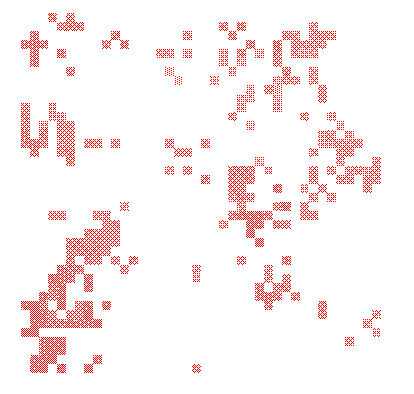
Almost all consumers (predators, herbivores) live among a variety of potential food sources, yet most of them consume on only a few food sources or even specialize on a single one. Why is that so? Optimal foraging theory tries to determine what foraging strategies will be favoured by natural selection. Which types should a consumer include in its diet and which should it ignore, to maximize its fitness? Being based on an evolutionary argument, optimal foraging theory is an old but thriving branch of evolutionary ecology.
Most models of optimal foraging theory assume that the abundance of the various food types is constant. In many cases this is a reasonable assumption, but in many other cases, diet choice will affect the food types" abundances. Then an answer requires the combination of optimal foraging theory and population dynamics. In Chapter 3, a simple situation is analysed, in which only one food source is affected by predation (the prey) while another food source (alternative food) is present in constant amounts. Many arthropod predators, including predatory mites, can switch to various—ubiquitous—alternative food sources if their preferred prey is scarce.
From analyses of population dynamical models it was already known that some types of switching behaviour may lead to a stable population dynamical equilibrium of predator and prey. However, other types of switching behaviour lead to an unstable equilibrium. In Chapter 3 we pose ourselves two questions: (1) what will be the effect of switching behaviour that is predicted by optimal foraging theory? and (2) what happens if the equilibrium is unstable?
Optimal foraging predicts a sharp switch: if there is sufficient prey, predators should ignore alternative food completely; if there is not sufficient prey, predators should consume everything they encounter. Such sharp switches do not promote stability, stability only results if predators change their diet in a continuous fashion. Nevertheless, persistence appears to be promoted under a much wider range of conditions. As long as predators ignore alternative food, oscillations of prey and predator will increase in amplitude. At some point, however, prey becomes so scarce that predators include alternative food into their diet. Then, the predators will starve less rapidly and the prey is relieved from predation pressure, a combination of effects which prevents the oscillation from further divergence and a limit cycle results. Thus, the importance of alternative food may lie not so much in the fact that it may promote stability, but rather that it prevents unbounded oscillations.